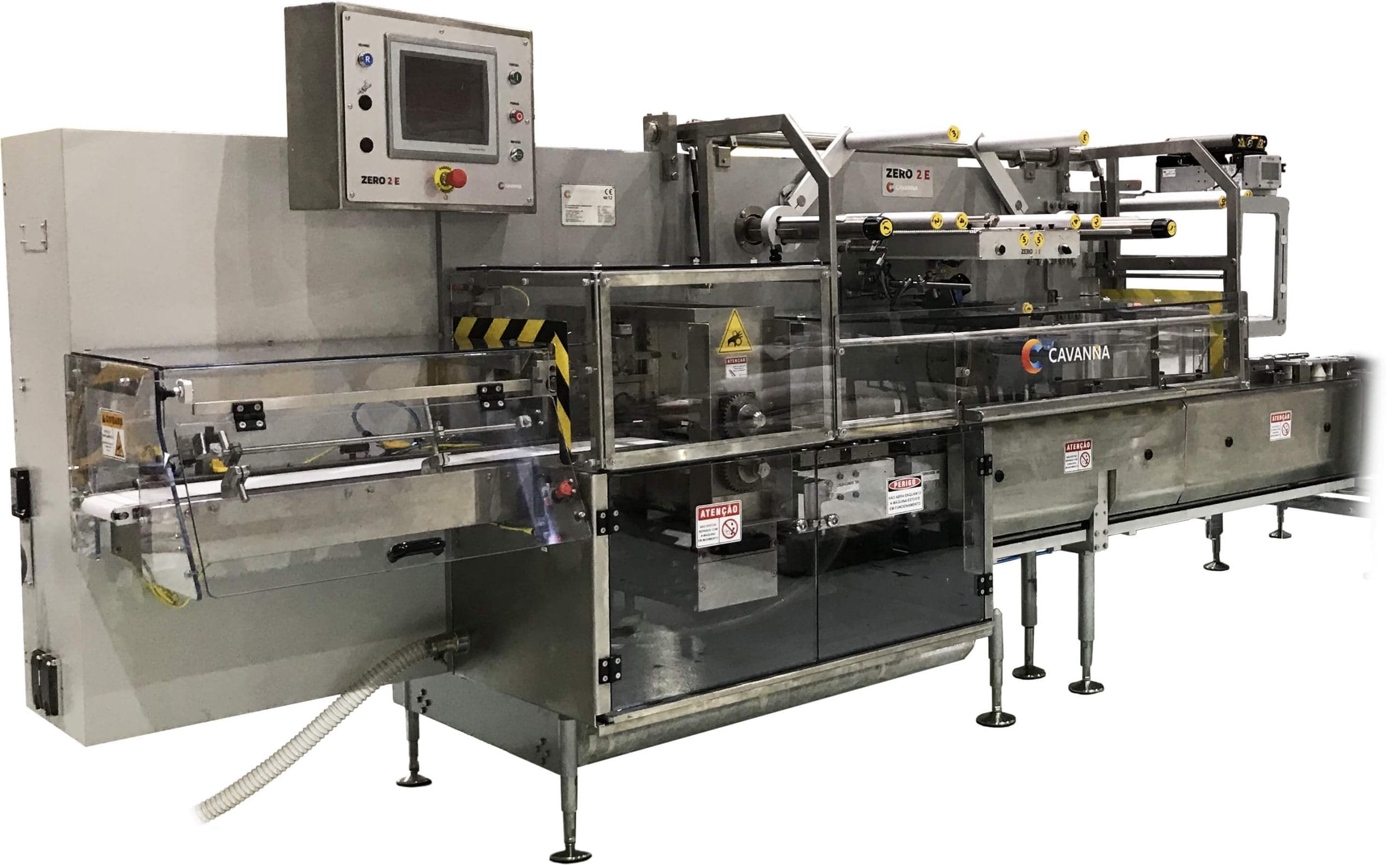The search for maximum efficiency in packaging lines requires solutions that allow compensating the idle stops that may occur on the different machines that compose them. With the increase of production rates becomes fundamental to have good capacity for accumulation to avoid having to stop the production while jam on any element of the line is resolved by the operators.
There are two ways to buffer or accumulate products:
First in First out (FIFO), in which the first product to enter the buffer is also the first one to go back into production, and Last In First Out, in this case the last product to be loaded is the first one to go back when the line production capability is restored.
FIFO systems are best for fresh, low shelf-life products or even products that require to keep the cold chan such as ice creams or frozen food. Generally speaking, FIFO buffers are way more expensive machines and they really should be selected only when it’s really necessary.
LIFO buffers on the other hand are perfectly fine to a wide range of products and typically offer the best value for the money. M.H. Material Handling concentrates on these kind of machines with two solutions BAT Buffer and Heliflex.
Both the products are LIFO buffers:
• BAT Buffer uses the BAT table-top chain, developed by MH and now available from a number of suppliers around the world. The side drive capability of the chain used in a spiral allow reaching lengths up to 150 m (but 2 spirals can be linked in series and increase this capacity)
• Heliflex instead uses a special MH chain that wound on two drums, rising on one and descending on the other reaching a maximum capacity of 700 m.

BAT BUFFER 
HELIFLEX
In both cases the chain movement is controlled by inverter: in the Heliflex case o for a double spiral BAT Buffer, the inverter will be unique for the 2 motors, so that they will be perfectly synchronized to the same frequency.
In both cases the loading of the products takes place via a pneumatic switch system placed on the main line that, when downstream machine stops, move incoming products out in buffer direction. Thanks to the action of the inverter, you can place the products on the buffer maintaining a certain pace so that they do not touch each other and do not crush, avoiding possible damage.
In the moment when the downstream machine becomes available again or if the upstream production stops, the buffer reverses its direction of travel and starts the unloading phase.
The unloading of the products from the buffer can be done in two ways, the choice of which is linked to the maintenance or otherwise of the direction of travel respect to the time of loading.
• In the case where the products must necessarily maintain the direction of travel with which they entered the buffer, there is provided a product return system via a pusher, either pneumatic or motorized depending on the required speed. The return rate will be anyway limited by the nature of the pushing device.
• In the case where the direction of travel of the goods is irrelevant for the purposes of production, the return may take place via fixed switch on an unloading conveyor and then through a merger system with the main line: the return will be limited only by the overdrive of the downstream machines.






